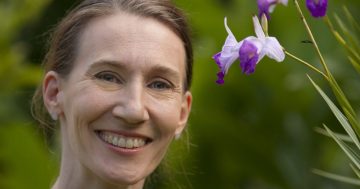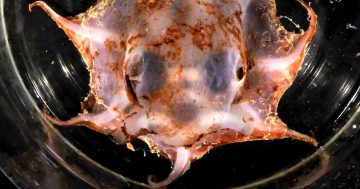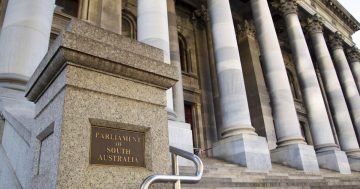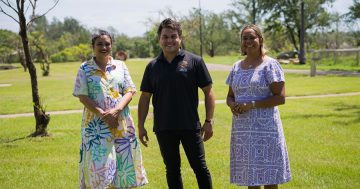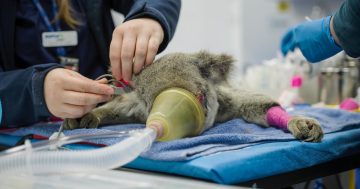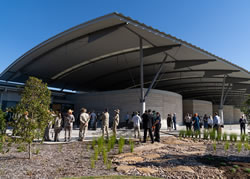 A brand new storage and research facility has opened in western Sydney to safeguard the Australian Institute of Botanical Science’s growing collection of important plant specimens.
A brand new storage and research facility has opened in western Sydney to safeguard the Australian Institute of Botanical Science’s growing collection of important plant specimens.
Opening the new National Herbarium of NSW (pictured) last week, Minister for Western Sydney, Stuart Ayres said the facility was the largest of its kind in Australia and would house the Institute’s more than one million strong collection of plant specimens.
Chief Executive of Royal Botanic Gardens and Domain Trust, which oversees the Institute, Denise Ora said the collection included a significant amount of historical plant specimens collected in 1770.
“This flagship campus of the Institute here at Mount Annan is key to ensuring it is one of the nation’s premier botanical research organisations, contributing to conservation, education and research on a global scale,” Ms Ora said.
“With more than 8,000 new plant specimens being added to the collection every year, the world-renowned collection underpins vital scientific research and is essential for informing decisions about the conservation of our natural environment.”
She said the Herbarium was previously located at the Royal Botanic Garden Sydney for almost 170 years.
Minister for Infrastructure, Cities and Active Transport, Rob Stokes said the new Herbarium held one of the most significant and precious botanical resources in the Southern Hemisphere.
“This world class facility will play a crucial role in discovering, understanding and protecting specimens for future generations and reinforce the Australian Institute of Botanical Science as a global plant science leader,” Mr Stokes said.
“In the midst of climate change, habitat loss and the extinction crisis, Australian scientists are more motivated than ever to ensure plant species are conserved, which is vital to all life that depends on them,” he said.
“A key feature of the facility are the six protective vaults with precisely controlled environmental conditions, which are assisted by the building’s elegant, long span “fly-roof” to shield the precious collection from bushfires and extreme weather conditions.”
Mr Stokes said over 100 leading scientists, researchers and staff would now be based at the ‘green’ facility which boasts a large photovoltaic array on the roof to generate electricity and rainwater harvesting technology for irrigation.



